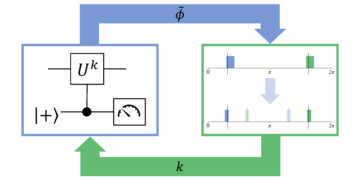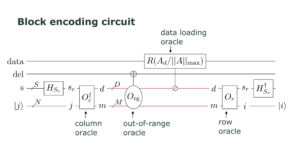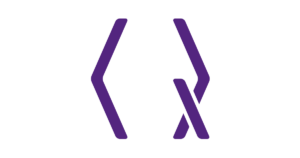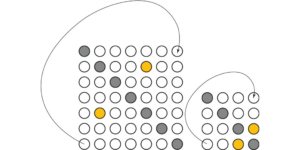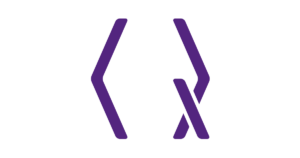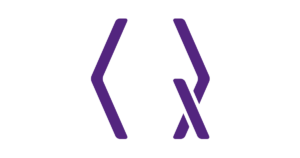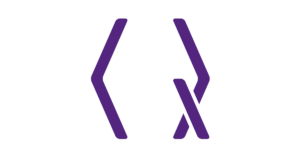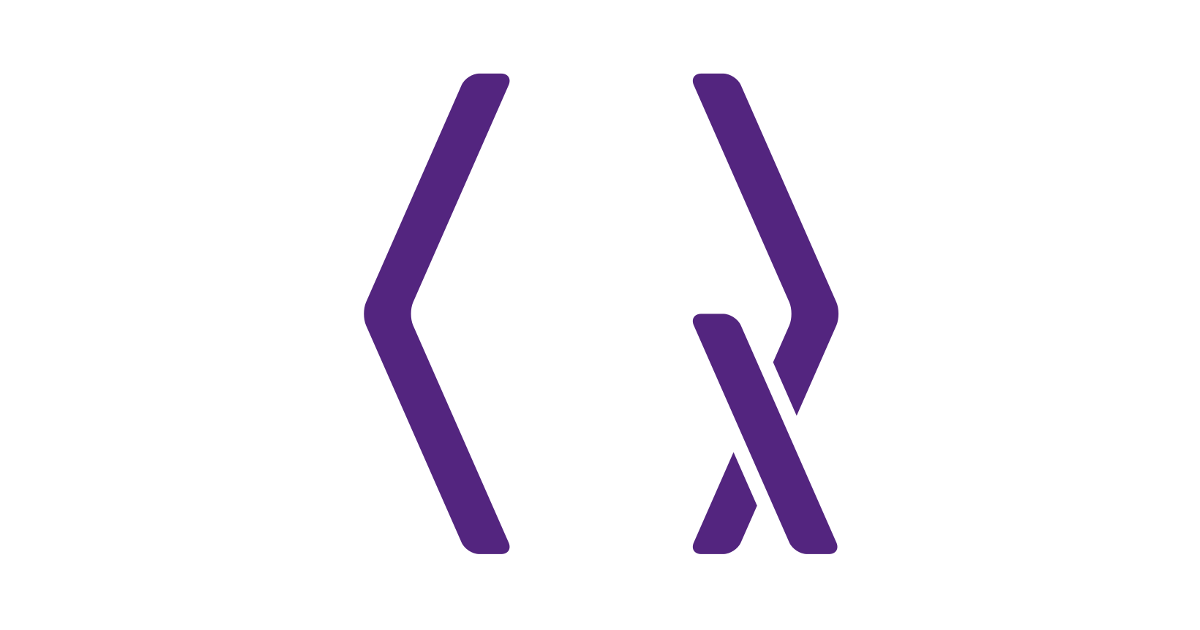
Instituto de Física, Universidade Federal Fluminense, Niterói, RJ, 24210-340, Brazil
Find this paper interesting or want to discuss? Scite or leave a comment on SciRate.
Abstract
Quantum walks have been used to develop quantum algorithms since their inception, and can be seen as an alternative to the usual circuit model; combining single-particle quantum walks on sparse graphs with two-particle scattering on a line lattice is sufficient to perform universal quantum computation. In this work we solve the problem of two-particle scattering on the line lattice for a family of interactions without translation invariance, recovering the Bose-Hubbard interaction as the limiting case. Due to its generality, our systematic approach lays the groundwork to solve the more general problem of multi-particle scattering on general graphs, which in turn can enable design of different or simpler quantum gates and gadgets. As a consequence of this work, we show that a CPHASE gate can be achieved with high fidelity when the interaction acts only on a small portion of the line graph.
► BibTeX data
► References
[1] A. Ambainis, E. Bach, A. Nayak, A. Vishwanath, and J. Watrous, in Proceedings of the Thirty-Third Annual ACM Symposium on Theory of Computing, STOC ’01 (ACM, New York, 2001) pp. 37–49.
https://doi.org/10.1145/380752.380757
[2] A. Nayak and A. Vishwanath, arXiv:quant-ph/0010117 (2000).
arXiv:quant-ph/0010117
[3] A. Childs, E. Farhi, and S. Gutmann, Quantum Information Processing 1, 35 (2002).
https://doi.org/10.1023/A:1019609420309
[4] E. Farhi and S. Gutmann, Phys. Rev. A 58, 915 (1998).
https://doi.org/10.1103/PhysRevA.58.915
[5] A. M. Childs, R. Cleve, E. Deotto, E. Farhi, S. Gutmann, and D. A. Spielman, in Proceedings of the Thirty-Fifth Annual ACM Symposium on Theory of Computing, STOC ’03 (ACM, New York, 2003) pp. 59–68.
https://doi.org/10.1145/780542.780552
[6] A. M. Childs, Phys. Rev. Lett. 102, 180501 (2009).
https://doi.org/10.1103/PhysRevLett.102.180501
[7] A. M. Childs, D. Gosset, and Z. Webb, Science 339, 791 (2013).
https://doi.org/10.1126/science.1229957
[8] M. Valiente and D. Petrosyan, J. Phys. B: At. Mol. Opt. Phys. 41, 161002 (2008).
https://doi.org/10.1088/0953-4075/41/16/161002
[9] J. J. Sakurai, Modern quantum mechanics (Addison-Wesley, Reading, MA, 1994).
[10] A. M. Childs and D. Gosset, Journal of Mathematical Physics 53, 102207 (2012).
https://doi.org/10.1063/1.4757665
[11] M. Varbanov and T. A. Brun, Phys. Rev. A 80, 052330 (2009).
https://doi.org/10.1103/PhysRevA.80.052330
[12] S. Weinberg, The Quantum Theory of Fields, Volume I Foundations (Cambridge University Press, 1995).
[13] Z. Zhu and M. B. Wakin, arXiv:1608.04820 [cs.IT] (2016).
arXiv:1608.04820
[14] R. M. Gray, Toeplitz and Circulant Matrices: A review (Foundations and Trends in Communications and Information Theory, Vol 2, Issue 3, pp 155-239, 2006).
https://doi.org/10.1561/0100000006
[15] D. J. Brod and J. Combes, Phys. Rev. Lett. 117, 080502 (2016).
https://doi.org/10.1103/PhysRevLett.117.080502
[16] A. Childs, D. Gosset, D. Nagaj, M. Raha, and Z. Webb, Quantum Information and Computation 15 (2014), 10.26421/QIC15.7-8-5.
https://doi.org/10.26421/QIC15.7-8-5
[17] S. Aaronson and A. Arkhipov, in Proceedings of the Forty-Third Annual ACM Symposium on Theory of Computing, STOC ’11 (Association for Computing Machinery, New York, NY, USA, 2011) pp. 333–342.
https://doi.org/10.1145/1993636.1993682
[18] D. J. Brod, J. Combes, and J. Gea-Banacloche, Phys. Rev. A 94, 023833 (2016).
https://doi.org/10.1103/PhysRevA.94.023833
[19] P. F. Byrd and M. D. Friedman, Handbook of Elliptic Integrals for Engineers and Scientists (Springer Berlin, Heidelberg, 1971).
Cited by
This Paper is published in Quantum under the Creative Commons Attribution 4.0 International (CC BY 4.0) license. Copyright remains with the original copyright holders such as the authors or their institutions.
- SEO Powered Content & PR Distribution. Get Amplified Today.
- PlatoData.Network Vertical Generative Ai. Empower Yourself. Access Here.
- PlatoAiStream. Web3 Intelligence. Knowledge Amplified. Access Here.
- PlatoESG. Carbon, CleanTech, Energy, Environment, Solar, Waste Management. Access Here.
- PlatoHealth. Biotech and Clinical Trials Intelligence. Access Here.
- Source: https://quantum-journal.org/papers/q-2024-04-04-1308/
- :is
- ][p
- 01
- 1
- 10
- 11
- 12
- 13
- 14
- 15%
- 16
- 17
- 19
- 1994
- 1995
- 1998
- 2000
- 2001
- 2006
- 2008
- 2009
- 2011
- 2012
- 2013
- 2014
- 2016
- 35%
- 41
- 58
- 7
- 8
- 80
- 9
- a
- ABSTRACT
- access
- achieved
- ACM
- acts
- affiliations
- algorithms
- alternative
- an
- and
- annual
- approach
- apr
- AS
- Association
- At
- author
- authors
- BE
- been
- Berlin
- Break
- by
- cambridge
- CAN
- case
- combining
- comment
- Commons
- Communications
- computation
- computing
- consequence
- copyright
- Daniel
- de
- Design
- develop
- different
- discuss
- due
- e
- Elliptic
- enable
- Engineers
- family
- Federal
- fidelity
- Fields
- For
- Foundations
- Gadgets
- gate
- Gates
- General
- graph
- graphs
- gray
- groundwork
- Have
- High
- holders
- HTTPS
- i
- in
- inception
- information
- institutions
- interaction
- interactions
- interesting
- International
- issue
- IT
- ITS
- JavaScript
- journal
- Lays
- Leave
- License
- limiting
- Line
- Luna
- machinery
- mathematical
- mechanics
- model
- Modern
- Month
- more
- New
- New York
- NY
- of
- on
- only
- open
- opt
- or
- original
- our
- pages
- Paper
- Perform
- Physics
- plato
- Plato Data Intelligence
- PlatoData
- portion
- press
- Problem
- Proceedings
- processing
- published
- publisher
- Quantum
- quantum algorithms
- quantum information
- Quantum Mechanics
- R
- Reading
- recovering
- references
- remains
- review
- s
- Science
- scientists
- seen
- show
- silva
- simpler
- since
- small
- SOLVE
- such
- sufficient
- Symposium
- that
- The
- The LINE
- their
- theory
- this
- Title
- to
- Translation
- Trends
- TURN
- under
- Universal
- university
- URL
- USA
- used
- usual
- volume
- walks
- want
- we
- when
- which
- with
- without
- Work
- year
- york
- zephyrnet



